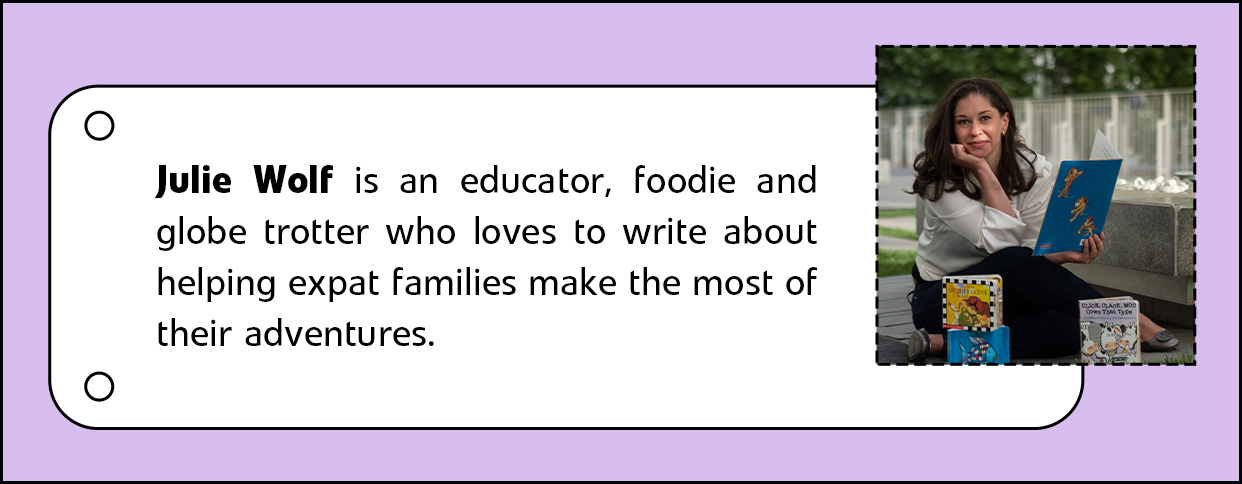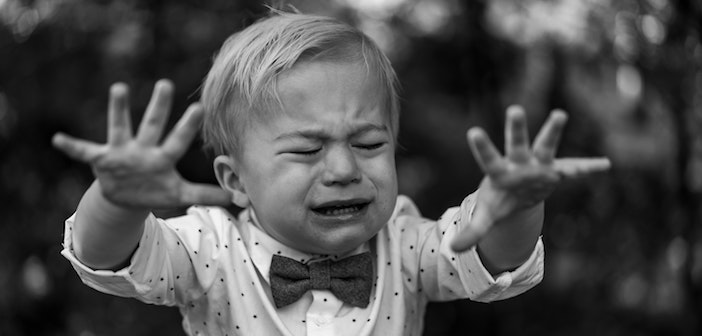Anger, sadness, grief, jealousy, fear. Kids are people too and they feel all of these things. But all too often we ask them to tamp down their feelings because the emotions are socially unacceptable and they make other people uncomfortable. Plus, temper tantrums are annoying. But ignoring these feelings can cause a lot of lifelong issues. Instead of trying to force children to ignore their feelings, we need to help them deal with and express their emotions in healthy ways. Below are a few suggestions for helping your child develop healthy emotional habits. It starts by reframing how we as adults think about feelings.
There are no negative emotions. They don’t exist. All feelings are normal and healthy and serve a purpose. I have started referring to emotions as either fun feelings or not fun feelings because…
Feelings are symptoms. Just like strong muscles are a symptom of a healthy body and a cough or a fever is a symptom of a problem, a person’s feelings signal that something is working or not working in their world.
With that in mind, here are a few steps that I find work in my classroom and with most of the little people (and some of the grown up people) I love.
Have the Feeling: Let your child know it is alright to feel this way. Don’t try and lock it up or push it down. Feelings manifest physically so if they need to cry it’s OK. Hitting or yelling are not OK reactions, and if your child goes there then separate them from others and help them work through the feeling privately and away from anyone they might hurt.
Verbalize The Feeling: Once they have “ridden the wave” of their feeling and can talk about it, ask your child to identify it. Very young children may need a feelings chart, and one can be found with a quick online search. Print it out and keep one on the fridge and one in their backpack.
Diagnose the Feeling: What caused them to feel that way? Young kids will generally have a pretty simple but specific inciting incident. “He took my toy” or “I wanted ice cream and you wouldn’t let me.” Older kids may need help diving deeper. “I kept trying to explain but no one would listen to me” is a pretty common explanation from pre-teens. Once they identify and diagnose their feelings it’s pretty common to find the feeling dissipates. A note: Avoid the temptation to do the identifying and diagnosing for them. The point of this exercise is to teach children to work with their own feelings effectively, and if you do it for them they won’t get the most out of it. If they are stuck, guide them toward answers. For example: “What happened right before you felt angry?”
Correct and Plan to Modify Behavior: If your child didn’t handle the feeling in a productive way (if they resorted to hitting, for example) then help them plan for how they can deal with a similar situation in the future.
–The next time someone takes my toy and I feel angry I will say, “I don’t like that. Please give it back!”
–If that doesn’t work I will go and get a teacher.
–If I am still angry I will take three big, deep breaths and say, “It’s ok to be angry but I need to walk away now.”
As always these are extremely basic steps meant for everyday situations (it’s a blog post, not a medical article!). Children who have been through serious trauma or have ongoing issues may need professional help from a therapist or psychologist, and there is nothing wrong with acknowledging that a situation might be more than you can handle alone.
Got any other healthy emotional habit builders to share? Please leave them in the comments section!
KEEP READING: What Is PBL and Why Is It in My Camp?
Photo: Unsplash





